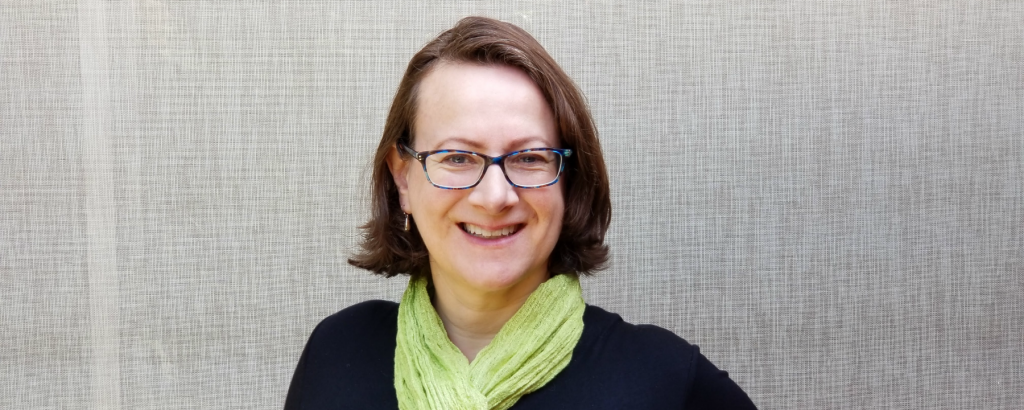
Didier Raoult, whose claims that hydroxychloroquine can treat COVID-19 have been widely disputed, has had a 2018 paper corrected for what his team says was unintentional duplication of a figure.
Here’s the correction for “Identification of rickettsial immunoreactive proteins using a proximity ligation assay Western blotting and the traditional immunoproteomic approach,” which came four months after scientific sleuth Elisabeth Bik pointed out potential issues in Figure 2 on PubPeer:
The authors regret to have made an unintentional mistake during the conception of Figure 2. Fig. 2E was duplicated and replaced the original Fig. 2B.
In the revised Figure 2, the correct WB picture for Fig. 2B is included, which corresponds to serum 4 Rco (S4) in the attached original set of pictures, with corresponding spot patterns listed in Supplementary Material (contingence table, statistical analysis). This error had no impact on the results and conclusions.
Fig. 2 Example of immunoreactivity profiles obtained with traditional 2D WB (pI 3–10, 13 cm): (A) R. conorii IFA-positive serum (1:100e) on R. conorii-resolved 2D proteome (30 μg). (B) R. conorii IFA-negative serum (1:100e) on R. conorii-resolved 2D proteome (30 μg). (C) R. africae IFA-negative serum (1:100e) on R. conoriiresolved 2D proteome (30 μg) (cross-reaction). (D) R. africae IFA-positive serum (1:100e) on R. africae-resolved 2D proteome (30 μg). (E) R. africae IFA-negative serum (1:100e) on R. africae-resolved 2D proteome (30 μg). (F) R. conorii IFA-positive serum (1:100e) on R. africae-resolved 2D proteome (30 μg) (cross-reaction)
The paper has yet to be cited, according to Clarivate Analytics’ Web of Science.
Bik told Retraction Watch that she contacted the journal on April 12, and that one of the editors in chief acknowledged her email on April 22. She raised a number of questions about the correction:
First, this was not just a simple duplication. Comparing panels B and E, the contrast has been changed, and the protein names and arrow are placed on different positions and often point out different proteins. For example, focusing on the cluster of proteins at the right part of the panels (ust below the middle), the labels are very different. So this does not appear to be a simple “sorry, we picked the same photo twice by accident” type of duplication. The labels match the differences pointed out in the text between the panels in the top and bottom row. It would have been great if the authors had given a more detailed account to what could have caused these panels to be duplicated, while the labeling is so different between the two.
Then, the statement by authors that the error did not affect the results and conclusion is a standard phrase that every author now seems to add to their corrigendum in some shape or form. It has little meaning, in my opinion. The text of the paper points out proteins that are different between panels A, B, and C (top row) on one hand, and D, E, and F (bottom row) on the other hand. So, in a way including the same image in both rows seems to be in conflict with that statement. Even if this was an honest error, it affects one of the four images, so it is a pretty big error. At best, it decreases the trust that the reader might have in this paper.
Also, the authors did not even apologize for the error. That is a pretty big omission.
Malgorzata Kowalczweska, the corresponding author of the paper, has not responded to our request for comment.
Like Retraction Watch? You can make a tax-deductible contribution to support our work, follow us on Twitter, like us on Facebook, add us to your RSS reader, or subscribe to our daily digest. If you find a retraction that’s not in our database, you can let us know here. For comments or feedback, email us at [email protected].
Elisabeth Bik is an international treasure. She is performing a vital role in sniffing out iffy science. THANK YOU Elisabeth! And thank you to Retraction Watch for your work.